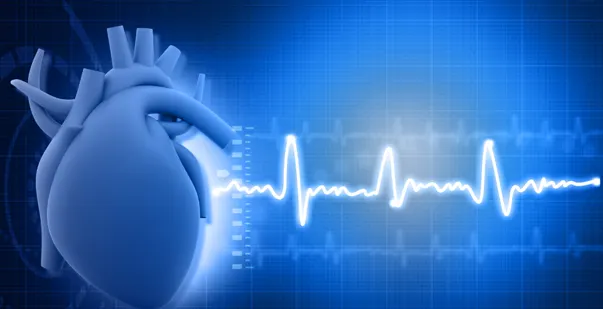Table of Contents:
- Introduction
- What is a Normal Heart Rate?
- What is Considered a Dangerous Heart Rate?
- What is a Dangerous Heart Rate for a Woman?
- Different Heart Rate Levels
- Understanding Your Heart Rate
Introduction
Heart rate is the number of times your heart beats per minute, and it can reveal important information about your health. Understanding the difference between a normal vs. dangerous heart rate can help you recognize potential issues early on. A normal heart rate varies by age, fitness level, and daily activity, but when it becomes too high or low, it can signal serious health risks. This blog will help you understand what heart rate ranges are safe and when to seek medical help.
Master ACLS Now
Get ACLS certified with confidence
What is a Normal Heart Rate?
A normal heart rate is a key sign of how well your heart is working to support your body. For most adults, a normal resting heart rate is between 60 and 100 beats per minute (bpm). This can vary based on age, fitness level, and activity. For example, athletes often have a lower heart rate because their hearts work efficiently, while someone under stress or with certain health issues might have a higher rate.
Your heart rate also changes with activity. During exercise, it naturally rises to get more oxygen to your muscles, then lowers as you rest. Knowing your normal heart rate range and tracking it regularly can help you catch unusual changes and keep your heart healthy. When evaluating symptoms, knowing what is a dangerous heart rate can help you decide when to seek medical attention.
What is Considered a Dangerous Heart Rate?
Identifying a dangerous heart rate can point to health concerns. Very high or low rates may indicate issues that need medical attention. Let us look at these heart rates in detail:
High Heart Rate (Tachycardia)
A heart rate consistently above 100 beats per minute (bpm) at rest is generally considered high, a condition called tachycardia. While it’s normal for the heart rate to increase during exercise or stress, a high resting heart rate could signal issues like dehydration, fever, or an overactive thyroid. For some, tachycardia can even be a sign of heart disease.
Persistent high heart rates can also cause symptoms like dizziness, chest pain, or shortness of breath. If these symptoms occur, it’s important to seek medical help. Knowing what is a dangerously high heart rate can prevent potential medical issues.
Low Heart Rate (Bradycardia)
A heart rate below 60 bpm at rest is called bradycardia, which can also be dangerous in some cases. While a lower heart rate is common in athletes and often a sign of good cardiovascular health, bradycardia can cause issues for those who experience symptoms like fainting, fatigue, or confusion. This could mean the heart isn’t pumping enough blood to meet the body’s needs, potentially due to heart disease or a problem with the heart’s electrical system.
For some individuals, a very low heart rate can lead to more severe complications, such as sudden cardiac arrest. Recognizing when bradycardia requires immediate action is key, especially in emergency situations covered in ACLS training. Monitoring your heart rate can help you identify dangerous heart rate levels early, allowing for timely intervention and better health outcomes.
Read More: Bradycardia ECG Vs Normal ECG
What is a Dangerous Heart Rate for a Woman?
For women, a heart rate above 100 bpm at rest or consistently below 60 bpm with symptoms can be considered dangerous, as it may indicate health concerns needing attention. Women’s heart rates are often slightly higher than men’s due to differences in body size and hormonal factors. However, during certain life stages, like pregnancy or menopause, heart rates can naturally vary. If a woman experiences symptoms like dizziness, chest pain, or shortness of breath along with these rates, it’s important to seek medical advice.
Different Heart Rate Levels
Monitoring your heart rate levels is important for your cardiovascular health and recognizing potential issues. Heartheart rates can fluctuate due to factors such as stress, hydration levels, and physical activity. By knowing the thresholds for different heart rate levels, individuals can better assess their health better.
127 bpm Heart Rate
A 127 heart rate is elevated, though not at an extreme level. It might indicate stress, dehydration, or an underlying health issue affecting heart function. While this rate may not immediately require intervention, it’s important to monitor for symptoms like dizziness or fatigue. Recognizing this level helps with the early identification of possible health concerns and ensures proper patient monitoring.
130 bpm Heart Rate
Many people ask, is 130 bpm bad, especially when they notice their heart rate is elevated. When a heart rate reaches 130 bpm, especially at rest, it signals that the heart may be under strain. This level might result from factors like physical or mental stress, fever, or cardiovascular conditions. If symptoms like chest pain or shortness of breath occur, seek seeking medical guidance immediatelyis advised. Understanding how to assess a consistently high heart rate can aid in effective patient care.
133 bpm Heart Rate
A 133 heart rate is generally high, particularly at rest, and could suggest issues such as anemia, thyroid imbalances, or anxiety. While it may be manageable in some cases, a sustained rate at this level requires attention if symptoms like chest discomfort arise.
134 bpm Heart Rate
A 134 heart rate at rest can indicate the heart is working too hard, potentially due to dehydration, fever, or another underlying condition. Accompanied by symptoms like lightheadedness or chest pain, this rate can signal a need for prompt medical evaluation. Monitoring and responding appropriately to this level helps ensure quick intervention.
135 bpm Heart Rate
A heart rate of 135 is considered very high at rest and may suggest significant stress on the heart, especially if accompanied by palpitations or difficulty breathing. This type of heart rate can be caused by infections, hormone problems, or stress on the heart. This calls for booking your next medical appointment.
138 bpm Heart Rate
A 138 heart rate is a dangerous level, especially if sustained, as it poses a serious risk to cardiovascular health. This rate might be a response to extreme stress, dehydration, or a serious health condition. Symptoms like severe fatigue or palpitations should prompt immediate medical care.
Read More: Blood Pressure & Heart Rate: Relationship & Differences
Understanding Your Heart Rate
Knowing the differences between normal vs. dangerous heart rates can help you maintain your heart health. Higher level heart rates can signal health issues and should be taken seriously. Recognizing these numbers and being aware of any symptoms helps individuals make informed decisions about their health. Understanding heart rate levels helps people respond effectively to emergencies and take better care of their overall well-being.
References
- Understanding Heart Rate: Importance & Risks of Abnormal Beats | Medanta
- Normal Heart Rate: Range, When It’s Dangerous, and More
- What is a dangerous heart rate?
- What is a dangerous heart rate? Normal vs. Dangerous Heart Rate
- What your heart rate is telling you – Harvard Health
- Dangerous Heart Rate: Abnormal Levels and Seeking Care







